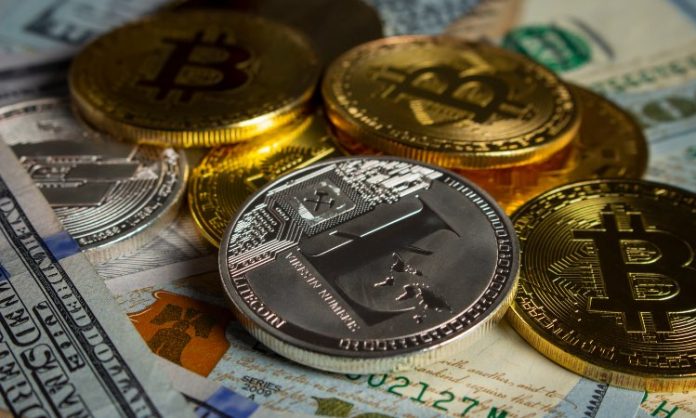Twelve years ago, Satoshi Nakamoto released the Bitcoin whitepaper. When the cryptocurrency was launched in the following year, the price for one BTC was just a few dollars. Its volatility ensured a rocky relationship with mainstream media outlets, which dismissed crypto as just a fad.
According to Bitcoin Obituaries, the media has predicted the death of bitcoin nearly 400 times. Here in 2020, the price of one Bitcoin has rocketed to over $14,000. But spare a thought for Laszlo Hanyecz, aka ‘Bitcoin Pizza Guy,’ who bought two Papa John’s pizzas (worth $30) for 10,000 BTC in 2010, which would now be worth over $111 million.
Why is bitcoin on the rise again?
In October, payment company Square hit the headlines after buying $50 million in bitcoin because it aligned with their purpose. Several weeks later, PayPal announced that it would soon enable users to buy, sell, and hold Bitcoin. Predictably the price once again surged by more than 20%.
“2020 is fast becoming the year of crypto acceptance, and we see 2021 as the year of mainstream adoption.”
Constantin Kogan, managing director at Wave Financial Group.
There is an argument that life in 2020 has been more volatile than the world of crypto. At the beginning of the year, working from home and Zoom calls were enjoyed by the few rather than the many. It took a global pandemic to act as a digital accelerant that would wake businesses and users up to new ways of thinking and working.
The beginning of a digital gold rush?
Many will quickly point out that bitcoin’s price is manipulated by a handful of wealthy billionaires who sell large orders to push the price down before buying in again. But the supply of bitcoin is limited to 21 Million, and demand is beginning to outweigh supply.
Manipulating the market has become a risky strategy as the digital goldrush gathers place as users attempt to secure one bitcoin.
It’s worth remembering that the people making the most money during the 1849 California gold rush were not the ones digging for gold. The entrepreneurs who were selling shovels, pickaxes, tents, and other essential supplies to those chasing their dream were making the most money.
Always do your own research. Don’t get believe the promises of somebody on the internet who is making promises around dead currencies with no chance of success. These are just a few lessons that everyone should remember before believing experts and influencers over the next few months.
There is also an argument that mining bitcoin conflicts with the focus on sustainability and a greener future for our planet. Its output is more than seven nuclear power plants with an energy consumption of 9.15 GW or 61.69 terawatt-hours. But bitcoin maximalists insist that it can actually improve our environment through a more efficient allocation of resources.
How is this Bullrun different from 2017?
In 2017, Jamie Dimon, chairman, and CEO of JPMorgan Chase, famously called bitcoin a fraud. He threatened to fire anyone caught trading it and even publicly ridiculed his daughter for owning two bitcoins. Here is 2020, the world of big business has entered the market, and even JPMorgan has performed a complete U-turn.
Nasdaq-Listed MicroStrategy recently raised its bitcoin holdings to $425 Million, and J.P. Morgan predicted that BTC’s value could triple and challenge gold. Investors have started paying attention. PayPal making bitcoin useful, and the limited supply of bitcoin is also providing an element of FOMO as we enter a period of adoption and resilience.
The SEC recently announced that it would be changing its rules to make fundraising easier for crypto firms. There are still many regulatory hurdles to overcome, but acceptance is changing the game. 2020 has been a year of rapid digital change, and attitudes shift too as traditional businesses upgrade their legacy mindset.
In a socially distanced digital world, the concept of paying a merchant for goods with a handful of shiny coins is beginning to look out of place. The recent US election also highlights how primitive the voting process is and how little it has changed over the last hundred years. But something is changing. The world is waking up to the possibilities that both blockchain and cryptocurrencies can bring to a digital society.
Bitcoin still has a long way to go before reaching its peak of $20,000 per BTC in late-2017. But after bitcoin’s 12th anniversary, maybe it’s time to accept that digital currencies can no longer be seen as just a passing fad and retire the lazy ‘death of bitcoin’ articles once and for all.










